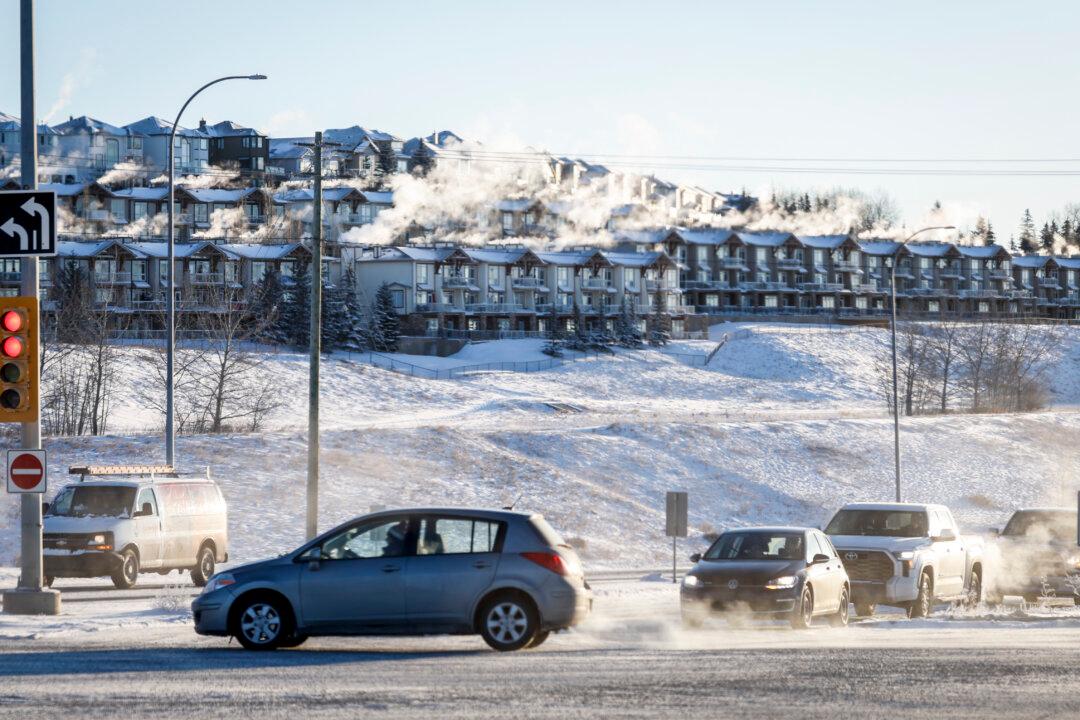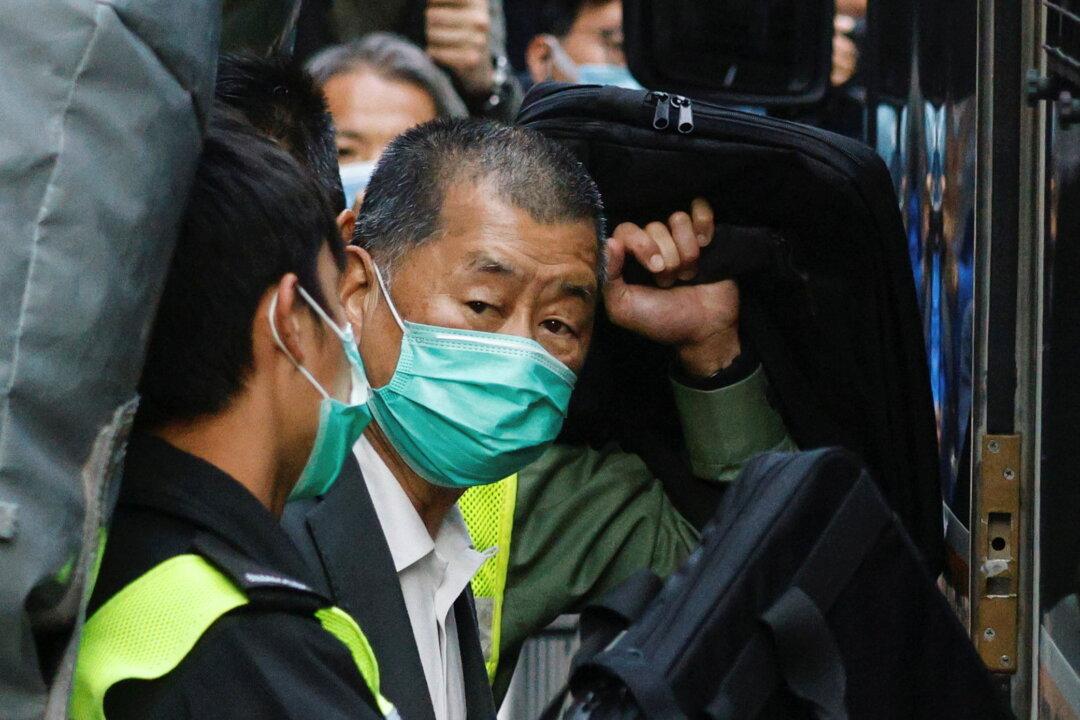The Alberta government plans to review its photo radar sites and remove those it deems ineffective in a move that is expected to reduce active locations by 70 percent by next spring.
The measures respond to a “growing frustration” among Albertans stemming from concerns that photo radar is often used for revenue generation instead of to improve safety, the province said in a Dec. 2 release.





